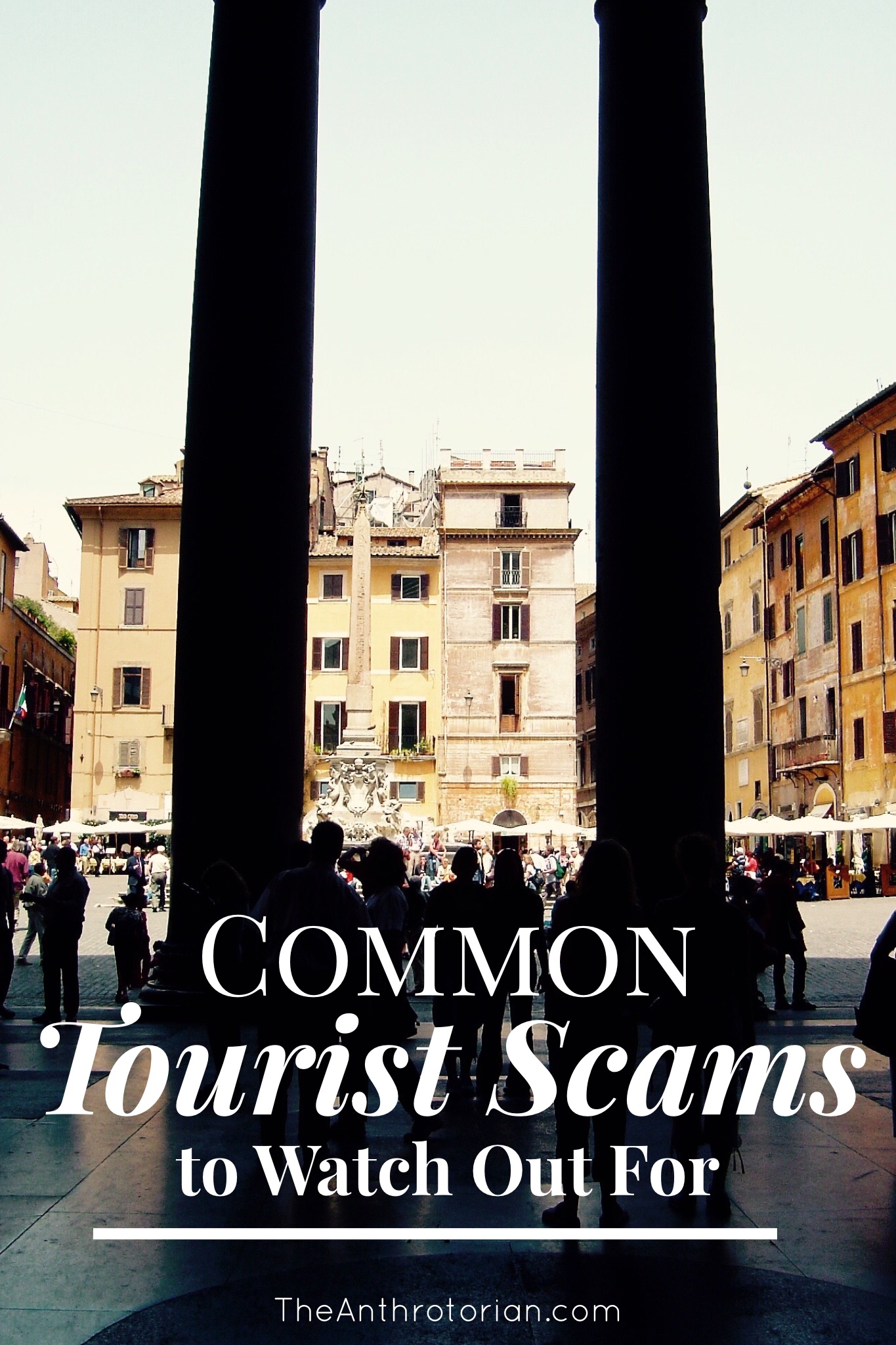Portugal's capital city, Lisbon is enchanting with its maze of steep cobblestone streets, stunning tiled buildings, sun-drenched squares, outdoor cafes, and beautiful historic sites.
If you still need to be convinced that you should add this destination to your travel bucket list, what makes this city even more appealing is that fact that it is one of the most affordable places to visit in Europe (you can get a coffee and a croissant for 1 Euro!). Plus, the location of the city gives you access both to mountains and water, its restaurants are packed with delicious local delicacies and amazing Portuguese wine, and the people are unbelievably welcoming.
What more could you want?!
One of the easiest (and most fun) ways to get around the city is on one of the many streetcars that pass through the narrow historic streets that most cars can't (or aren't allowed) to travel down!
The Arco da Rua Augusta sits at one end of the huge main square (Praca do Comercio) facing the water. The square is bordered on two sides by lemon-yellow buildings and covered in cobblestones.
It was the place where anyone arriving to Lisbon by sea used to disembark, and it is always bustling, full of restaurants and cafes, and one of the best spots to watch the sunset.
A view of the Praca do Comercio from the other side of the Arco da Rua Augusta. You can see straight through to the water beyond. The arch marks the beginning, or end, of the main pedestrian street that is lined with shops and high-end cafes that trickle out into the street. Once the sun begins to set, it is the place to see and be seen whether you are a visitor or a local out for an evening stroll.
A view into the interior courtyard of the breathtakingly detailed Mosteiro dos Jeronimos. This monastery is a UNESCO world heritage site and was home to monks of the Order of St Jerome for four centuries before the order was dissolved in 1833.
One of the most photographed historic sites in Portugal, the Torre de Belem (Belem Tower) is also a UNESCO world heritage site and is said to epitomize the Age of Discoveries.
If they aren't covered in tiles, the buildings in Lisbon are painted in pastel hues that make the streets feel like they are always basked in a morning glow.
Laundry hanging in the sunshine off of wrought iron balconies is a common sight throughout the city, as are doors that have a character all their own.
The 360-degree views from the Castelo de Sao Jorge are impossible to capture in a single photograph. Built in the mid-11th-century, the castle allows you to take in the terracotta rooftops of the entire city — handy if you haven't gotten your bearings yet!
A quirky attraction, this wrought-iron elevator (Elevador de Santa Justa) was built in 1902 by Gustave Eiffel's apprentice (the creator of the Eiffel Tower in Paris). It is Lisbon's only vertical street lift and you can ride it to the top for fantastic city views!
Freshly baked Portuguese tarts sit in bakery windows — but not for long!
Restaurants and cafes spill out into the streets giving diners the chance to people watch while they eat and enjoy a little fresh air.
Lisbon isn't all historic buildings and cobblestones! The Parque das Nacoes, located in the north-eastern part of the city, was built for Expo '98 and is full of modern architecture like the Gare do Oriente train station pictured above.
The breathtaking Basilica da Estrela is huge and is decorated with complex patterns in pink and black marble.
There are massive churches all over the city, some in the more ornate gothic-style, and others that are a little more austere like this one.
Almost every single building facade in Lisbon is covered in tiles, a result of the art of tile-making being brought to the city by the Moors hundreds of years ago. It is a feast for the eyes to wander through the town center and take in all the different patterns and designs!












